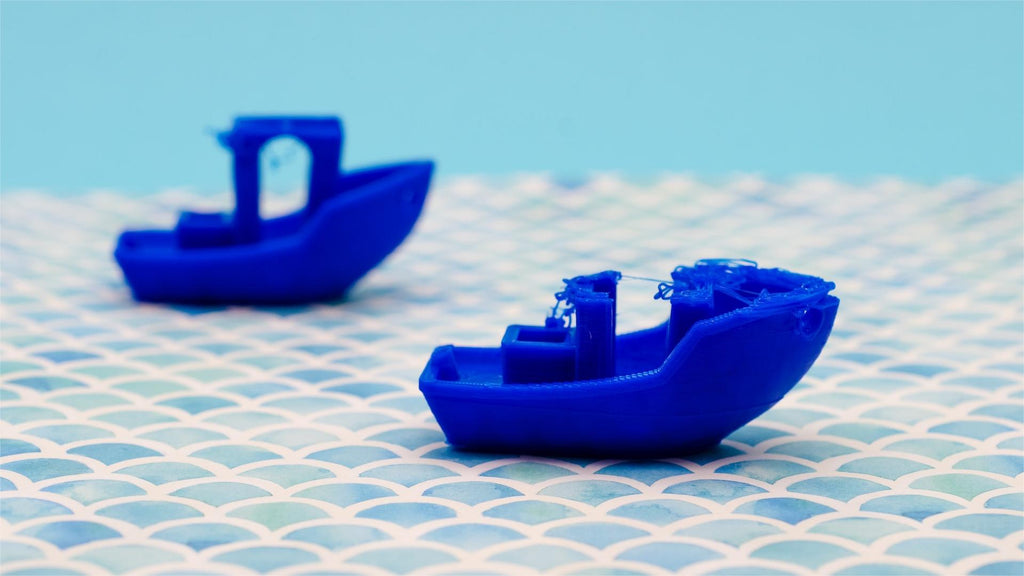3D printing has revolutionized the manufacturing industry, allowing for the creation of complex and customized objects with ease. However, one common issue that many 3D printing enthusiasts encounter is warping. Warping occurs when the corners or edges of a printed object lift or curl, resulting in a distorted final product. In this article, we will explore some effective strategies for overcoming warping in 3D printing.

Understanding the Causes of Warping
Before delving into the solutions for warping, it is essential to understand the underlying causes. Warping typically occurs due to uneven cooling of the printed layers, leading to internal stress within the object. Additionally, poor adhesion between the first layer and the print bed can also contribute to warping. By comprehending these factors, we can better address the issue.
Optimizing Print Settings
One of the most effective ways to combat warping is by optimizing the print settings. This includes adjusting the bed and nozzle temperature, as well as fine-tuning the cooling fan speed. By finding the optimal temperature for the specific filament being used, it is possible to minimize the risk of warping. Additionally, increasing the bed temperature and using a heated enclosure can help maintain consistent heat distribution, reducing the likelihood of warping.
Utilizing Adhesion Aids
Another valuable strategy for preventing warping is to utilize adhesion aids such as rafts, brims, or specialized bed coatings. Rafts and brims provide a larger surface area for the first layer to adhere to, reducing the chances of warping. Furthermore, applying specialized bed coatings, such as adhesive sprays or tapes, can significantly improve adhesion and minimize warping. These aids create a strong bond between the print and the bed, preventing any lifting or curling.
Optimizing the Printing Environment
The printing environment can also have a significant impact on warping. Drafts and sudden temperature changes can disrupt the printing process and lead to warping. To mitigate this, it is crucial to ensure that the printer is located in a stable environment with consistent temperature and minimal airflow. Additionally, enclosing the printer or using a draft shield can further stabilize the printing environment and reduce the risk of warping.
In conclusion, warping is a common challenge in 3D printing, but with the right strategies, it can be effectively overcome. By understanding the causes of warping, optimizing print settings, utilizing adhesion aids, and optimizing the printing environment, enthusiasts can achieve high-quality, warp-free prints. Implementing these tips and tricks will undoubtedly enhance the 3D printing experience and result in impeccable final products.








